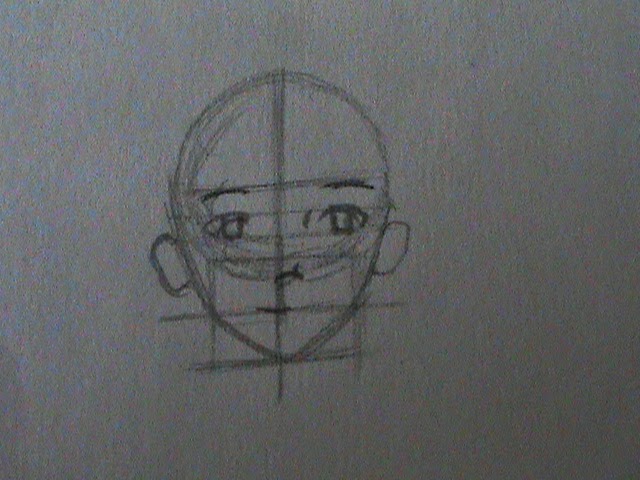I have been told over and over again how modifiers, particularly adverbs, are bad. I've also read over and over again, books that use them that are great. So, how is that possible? To be clear, the books I'm talking about are not just good in my opinion. I'm talking about Lord of the Rings, The Chronicles of Narnia, Harry Potter, Eragon. And these fantastic works use modifiers, and use them well. That's the real question, how can you use a modifier well? Obviously, like other parts of description, it is largely an individual author's taste, but there are certain guidelines that apply to description that apply here too.
- Be clear: Do not use modifiers that confuse what you are saying, but use ones that make the bare nouns and verbs better understood.
- Be concise: Do not use modifiers simply to use them and, just as you should strive to eliminate modifiers by finding better nouns and verbs, try to eliminate a string of modifiers with fewer, stronger ones.
- Be vivid: Evoke strong images in the readers head using strong nouns, verbs, adjectives, adverbs, and the occasional simile or metaphor.
Remove the modifier in question and read the passage. Put the modifier back, and read it again. Has the meaning or the image changed? If not, the modifier is unnecessary, and should be removed. Sometimes, it works better to do this with a friend (which is why you should give them the modifier-free version first) as they will not know the image you are trying to convey, only the one you have conveyed. Here are some examples to show what I mean.
"Jason, what are you doing?" she shouted.
"Jason, what are you doing?" she shouted angrily.
Does the image really change between these two? I'm guessing no, as we usually associate shouting with anger. However, if I had instead put "horrified", there would have been some change, unless some previous description, or knowledge of what Jason was doing, had told us already that what he was doing would be horrifying to her. Now, I use the word "told", but something implied works just as well. For example:
Jason picked up the sacred stone and glanced defiantly at Cecilia.
"Jason, what are you doing?" she shouted.
Here you can see how the word "horrified" became unnecessary, but also how other modifiers were important. For example, "sacred". Without that, the entire passage becomes meaningless. Why would Cecilia care if he picked up a rock? Also, "defiantly". It tells us his attitude. If I had just put "glanced", he could be thinking any number of things. He could be looking to her for approval, guidance, maybe picking it up is a joke. But no, he glanced at her defiantly, showing that he knew that she did not want him to do it, but he did it anyway.
So that is the way I determine whether or not to keep or toss a modifier. Modifiers can enrich you work, or they can bog it down. It all depends on how you use them, like any part of writing. Do you have a particular method that you use?
Elisabeth TenBrink Kelley is an aspiring author and poet. To learn more about her, see our About Us page. You can follow her on Twitter here: @ElisabethGTK.
We have one contest currently open to submissions, and art contest. If you're interested, click here.
























.JPG)
